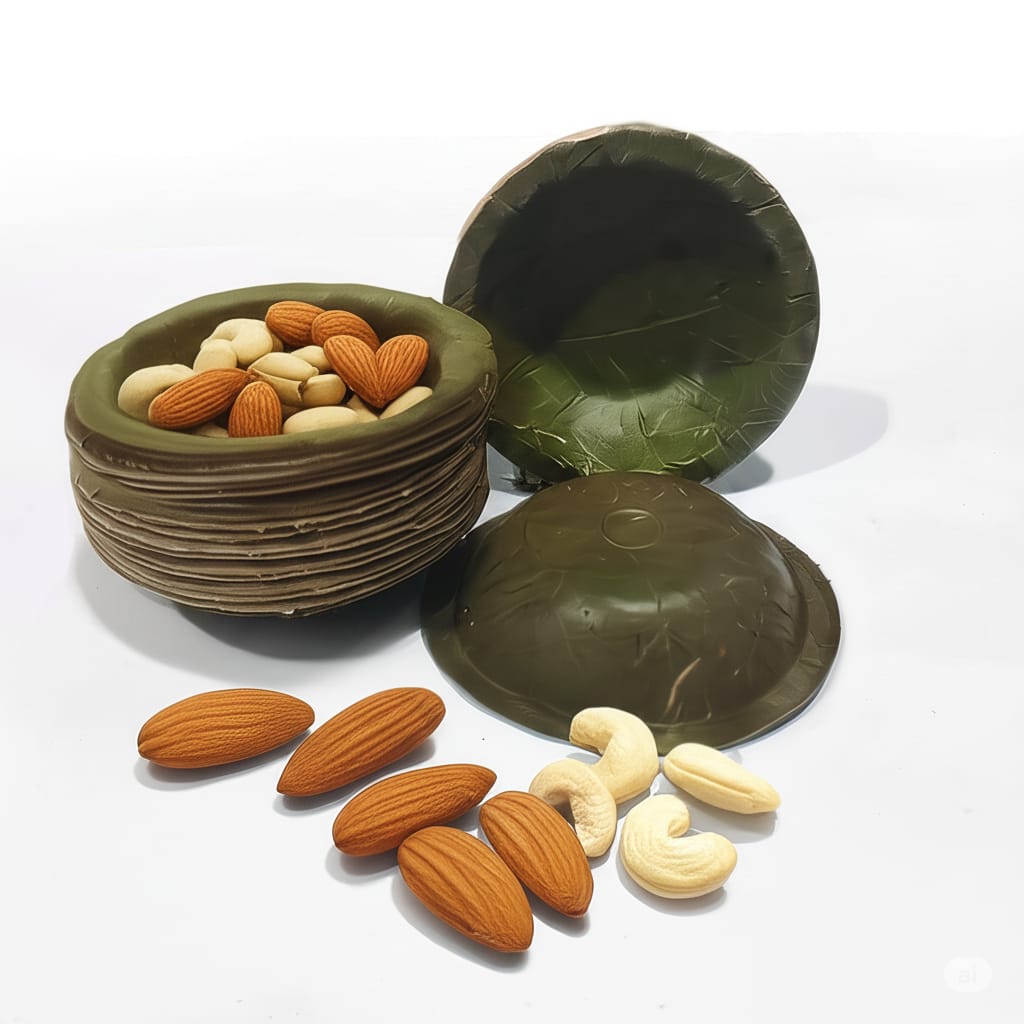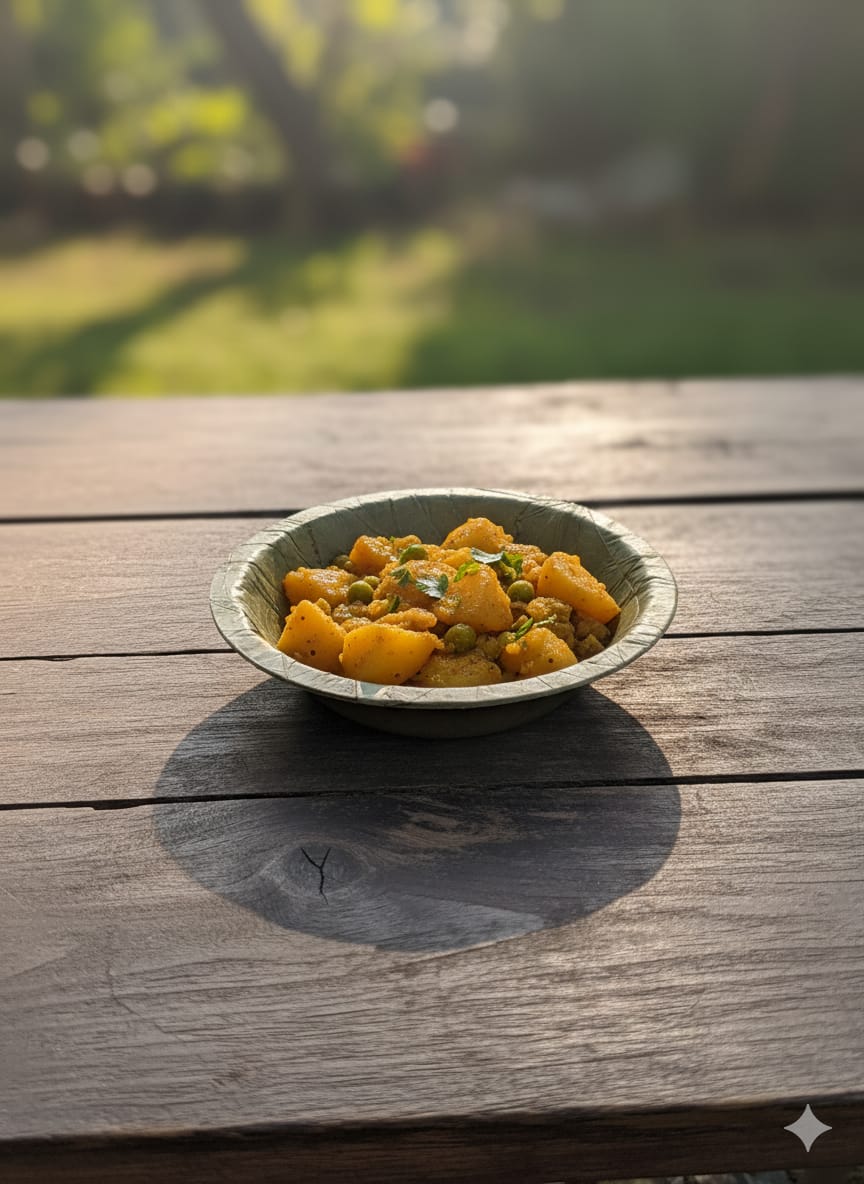Blogs

From Soil to Soul: The Story Behind Every Organic Bite
When you think of health, your mind probably jumps to food, exercise, or maybe even meditation. But rarely does it drift beneath your feet—to the soil. Yet, this is exactly where the story of every organic bite begins. Healthy soil isn’t just dirt. It’s a thriving ecosystem—a microscopic metropolis filled with bacteria, fungi, protozoa, and earthworms that all work together to feed plants. According to the Food and Agriculture Organization (FAO), a single teaspoon of healthy soil can contain up to 1 billion microorganisms. These organisms help unlock minerals, retain water, and protect against pests—all without synthetic chemicals. Plants grown in rich, biodiverse soil absorb more nutrients, antioxidants, and phytochemicals. Studies show that organically farmed soil contains up to 25% more organic matter and significantly higher microbial activity than conventional soil. A 2022 study published in Frontiers in Sustainable Food Systems found that produce grown in regenerative organic farms had higher levels of vitamin C, phenols, and flavonoids. In contrast, conventional farming often relies on chemical fertilizers and monocultures, which degrade soil over time reducing fertility, biodiversity, and nutritional value in the crops. What happens underground directly impacts what ends up on your plate. If the soil lacks life, the food lacks vitality. But when the soil is alive and nurtured naturally, the result is food that carries more than just calories—it carries life-supporting energy. Organic food is often praised for what it doesn’t contain—no synthetic pesticides, no GMOs, no artificial preservatives. But the real story is in what it does contain: a deep respect for natural cycles, soil life, and human health. Understanding the path from seed to plate reveals just how intentional and labor-intensive organic farming truly is. Organic farms use untreated, non-GMO, and often heirloom seeds These seeds are adapted to local climates and resist pests naturally Seed selection often honors biodiversity, not just yield Farmers use compost, green manure, and crop rotation instead of synthetic fertilizers Pests are controlled through neem sprays, biological predators, or companion planting Weeds are managed with mulching or manual removal, not herbicides Timing is critical to preserve flavor, nutrients, and freshness Organic farmers avoid post-harvest chemical treatments used to extend shelf life Produce is often harvested by hand and handled minimally Cold chains are managed without artificial ripening agents Local distribution helps reduce travel time and maintain nutrient integrity Organic supply chains aim for traceability and transparency Every step adds to the integrity of the food Fewer chemical residues mean a cleaner plate and a healthier body A shorter, cleaner supply chain supports small farmers and local ecosystems An organic label is not just a stamp—it’s a symbol of a longer, slower, more mindful journey. From seed to soil to table, every bite carries intention. Eating organic is not just about avoiding harm—it's also about actively nourishing your body with richer, cleaner, and more complete food. Multiple studies have shown that organic produce can offer significant health advantages compared to conventionally grown food. Organic fruits and vegetables often contain higher levels of antioxidants, such as polyphenols and flavonoids A large meta-analysis published in the British Journal of Nutrition found up to 69% more antioxidants in organic crops These antioxidants help fight oxidative stress, a key contributor to aging, inflammation, and chronic disease Conventionally grown food often contains pesticide residues Organic food must meet strict limits on synthetic inputs According to the Environmental Working Group, people who eat organic regularly have significantly lower levels of pesticide metabolites in their bodies Organic farming supports microbial diversity in the soil This, in turn, influences the microbiome diversity in plants When you eat organic, you're consuming not just nutrients, but also beneficial plant compounds and soil-derived microbes that support your own gut flora Organic processed foods (like cereals or snacks) are free from artificial preservatives, colors, and flavor enhancers This reduces the risk of long-term exposure to chemicals linked to hormonal disruption, allergies, or behavioral issues Organic meat and dairy come from animals raised without routine antibiotics or growth hormones This helps reduce antibiotic resistance in humans and keeps your endocrine system in balance When your food is grown clean, your body gets a clearer signal. It’s not just about avoiding what’s bad- it’s about fully receiving what’s good. Behind every organic bite is a farmer who chose the harder path. Organic farming requires more patience, knowledge, and hands-on care than conventional agriculture. But for many farmers, the decision to work with nature instead of against it is deeply personal. Farmers rely on observation, timing, and natural cycles instead of chemical shortcuts Soil health is built through composting, cover cropping, and crop rotation Pest management requires diverse strategies like intercropping or natural predators Organic certification is costly and time-consuming Access to premium markets can be limited in rural areas Yields may initially be lower compared to chemical farming, especially during transition years1: Soil – The Silent Architect of Health
The Living Foundation
Why Soil Health Matters
Soil is the First Nutritional Filter
2: The Organic Journey – From Seed to Table
The journey begins with seeds
Natural methods replace chemicals
Harvesting is done with care
Storage and transport matter
Why the journey matters
3: How Organic Food Fuels the Body Better
Higher nutritional density
Lower chemical exposure
Better for gut health
Fewer synthetic additives
Hormone and antibiotic-free
4: Farmers – The Unsung Soil Stewards
Organic farming is labor-intensive and skillful
Challenges faced by organic farmers
But the rewards are real






















